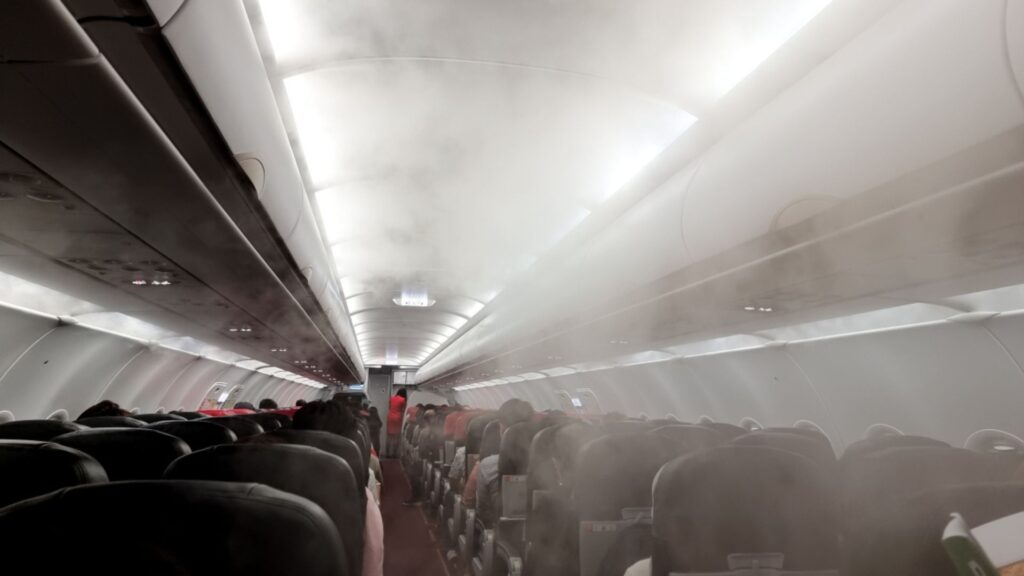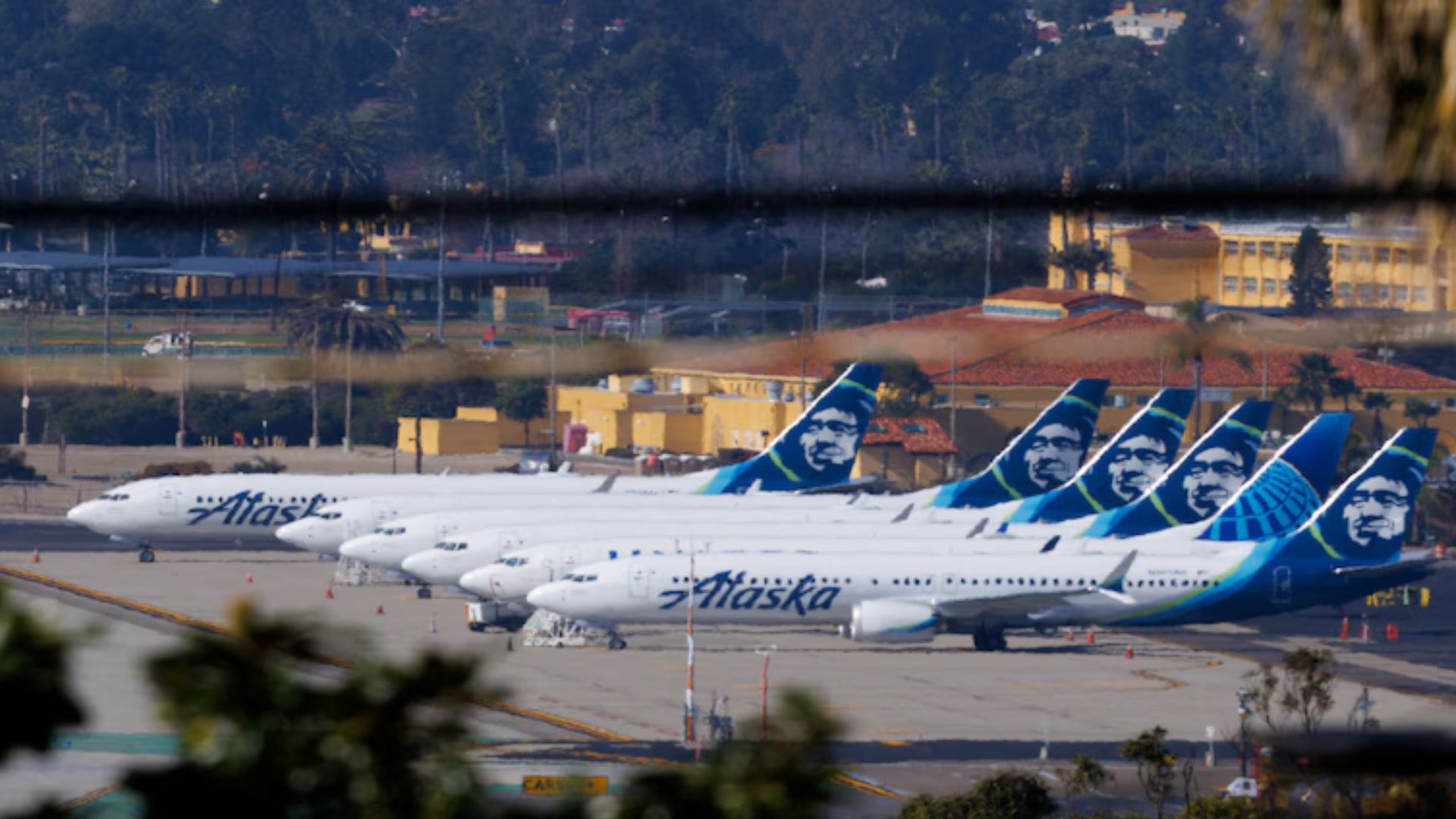
Toxic fumes infiltrating commercial aircraft cabins are causing brain and nerve injuries comparable to NFL concussions among pilots and flight attendants, with incidents surging dramatically while regulators and manufacturers have largely failed to address the growing crisis. A Wall Street Journal investigation published September 13, 2025, reveals that toxic fume events have skyrocketed to nearly 108 per million departures in 2024—more than triple the FAA’s 2015 estimate of 33 events per million flights (New York Post; Wall Street Journal).
Airbus Aircraft Show Dramatic Increase
The surge is most pronounced on Airbus A320-family aircraft, where incident rates were more than seven times higher than Boeing 737s at major U.S. carriers in 2024. JetBlue Airways and Spirit Airlines, both majority-Airbus operators, experienced a staggering 660% increase in A320 fume incidents between 2016 and 2024 (AOL).
The timing coincides with Airbus introducing its A320neo model in 2016, which features new-generation engines that suffered from rapidly degrading seals meant to prevent oil leaks. Under pressure from airlines complaining about aircraft being grounded for repairs, Airbus relaxed maintenance rules, allowing planes emitting “sweaty sock” odors to continue flying without immediate inspection (Money Control).
Medical Impact Mirrors Sports Injuries
Neurologists treating affected crew members describe injuries resembling “chemical concussions” with symptoms including migraines, tremors, memory gaps, and light sensitivity. Dr. Robert Kaniecki, who has treated over 100 flight attendants and about a dozen pilots for brain injuries from toxic fumes, says the effects are “extraordinarily similar” to those of NFL linebackers after severe hits (SSBCrack News).
Florence Chesson, a JetBlue flight attendant, suffered a traumatic brain injury and permanent nerve damage after inhaling contaminated air on a flight to Puerto Rico. “I felt like someone had doused me in gasoline and ignited a match,” she described her condition the following day. An FAA-funded study found that vaporized chemicals including formaldehyde exceeded workplace safety limits at engine operating temperatures.
Industry Response and Solutions
The problem stems from aircraft “bleed air” systems that draw pressurization air directly through jet engines, allowing oil and hydraulic fluids to leak into cabin air when seals fail. Boeing’s 787 Dreamliner stands as the only commercial aircraft using electric compressors instead of engine bleed air, eliminating the contamination pathway entirely and reducing engine power consumption by 35% while saving approximately 3% in fuel costs (Money Control).
Airbus has developed “Project Fresh,” a modification relocating an external air inlet that could reduce cabin odor incidents by 85%, but this solution will only apply to newly manufactured aircraft starting in 2026. Congress has reintroduced bipartisan legislation in August 2025 that would phase out bleed air systems and require specialized filters within seven years.
Despite thousands of incident reports since 2010, the FAA continues to call fume events “rare” while internal documents reveal inspectors warned that modern jet oils contain organophosphates—chemicals previously used as nerve agents in warfare—that enter cabins unfiltered (New York Post).












